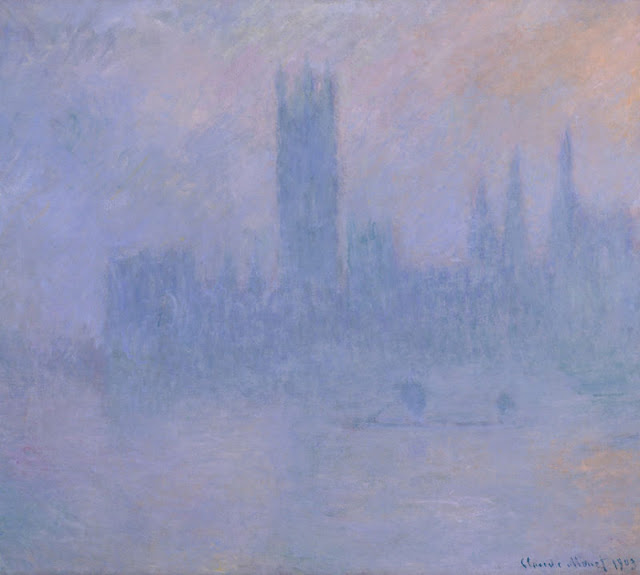Finding Light in the Fog
Last year, before a pandemic brought the world to its knees, I visited an exhibition of art by Claude Monet at the Denver Art Museum. He is undoubtedly my favorite artist for many different reasons but one of which is the way he captures light on a canvas. I was able to see paintings that I had previously only seen as prints in books. After standing in front of these framed masterpieces I was aware that any reproduction was barely adequate in reflecting the energy and luminescence that Monet worked on the canvas.
I contemplated painting after painting, virtually unaware of the crowds around me, each scene drawing me in such a profound way, it was almost like having a conversation with Monet himself, engaging with the very essence of himself captured in hues and brush strokes.
The rooms meandered one after another as the throngs of people walked, snake like, between the framed pictures. I saw landscapes full of sun and shining sea, or waving grass and clouded skies. Figures filled parts of the paintings, a moment caught with a brush before it passed.
Then I entered the room of the London paintings - pictures of fog with the Houses of Parliament shadowing the background. What I gazed at was so profoundly beautiful. With the eyes of an artist, Claude Monet looked at the grayness of fog hanging heavily over the River Thames and he saw beyond monotones. He saw light. He saw color. He saw something transcendent in the way fractured light broke through an oppressive sky and danced on the water, wild and free.
Monet bore witness to what we so often overlook and he grabbed those light shafts, throwing them onto the canvas like beauty rays, holding us to what is beautiful.
I grew up in England and I can recall how I felt when I looked at foggy skies. Not once did I see that gray haze with the same eyes of love that Monet beheld his moments before the London skies. It doesn't take much more than simple observation of the world around us to recognize that our brains seem hard wired to notice the negative. We ruminate on things that make us anxious, we are drawn to bad news. To put it bluntly, we have a negative bias. But Monet shows us that we don't have to stay a prisoner to this bias. He trained his eyes to see differently.
Monet gave us so more than the gift of his paintings, although they are unquestionably exquisite. He shows us the way to see. He inspires us to look beyond the gray, beyond the damp, beyond the cold, and see the light breaking in so that maybe we could look at our world a little differently too. Perhaps we could look to the gray we so often live in, find the light, and behold it with eyes of love.

Comments